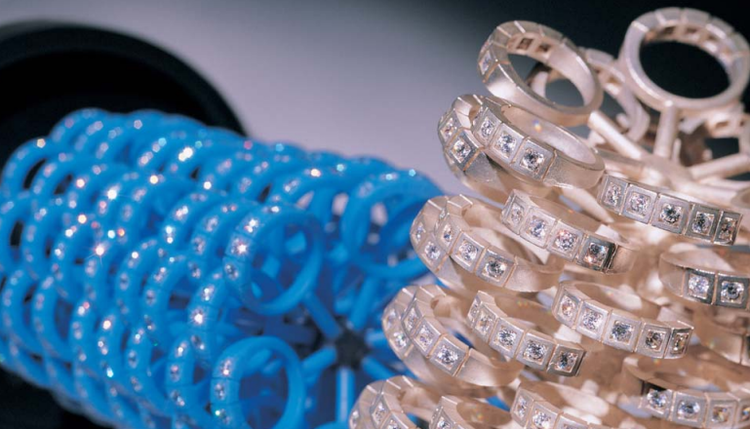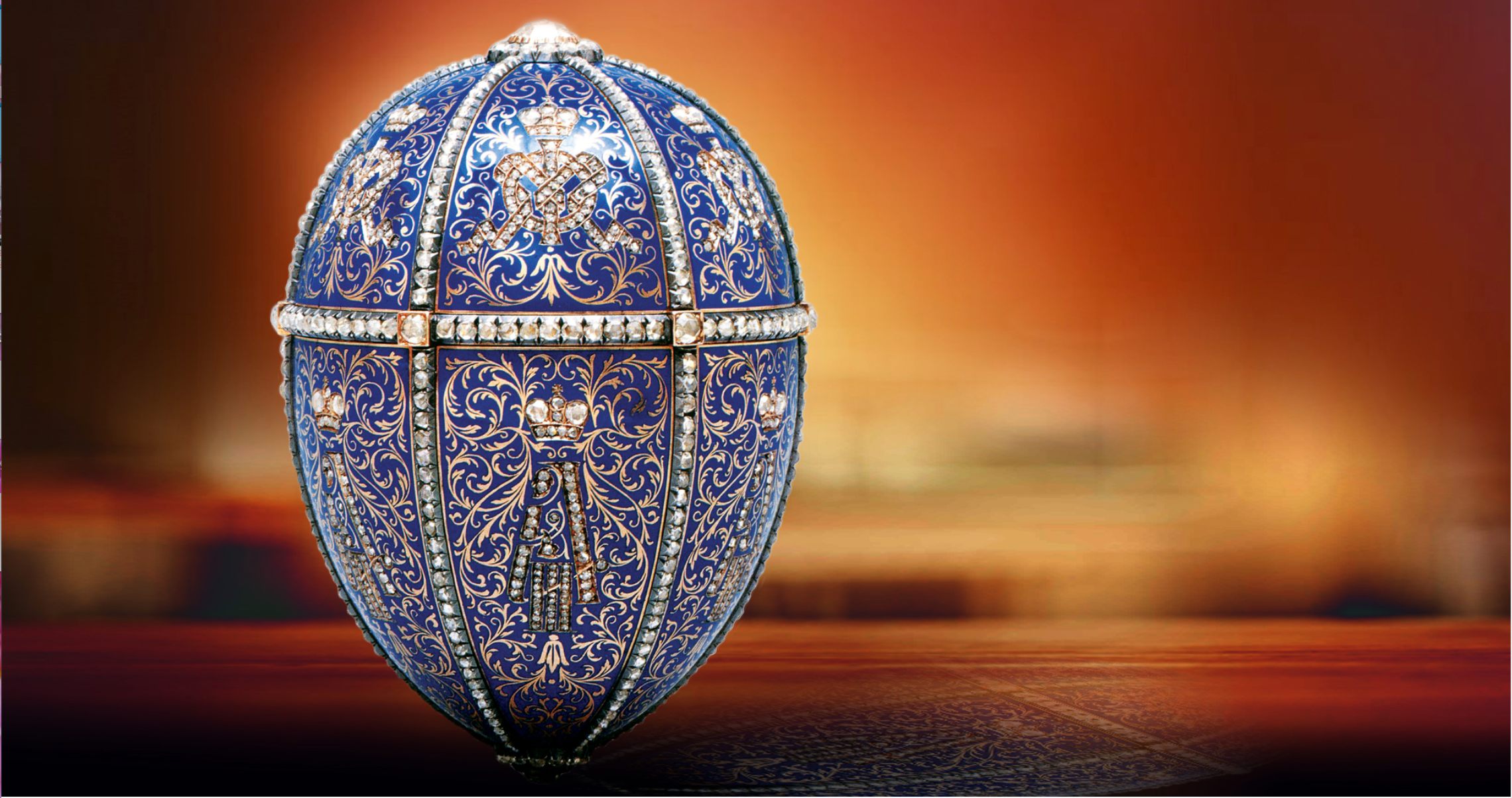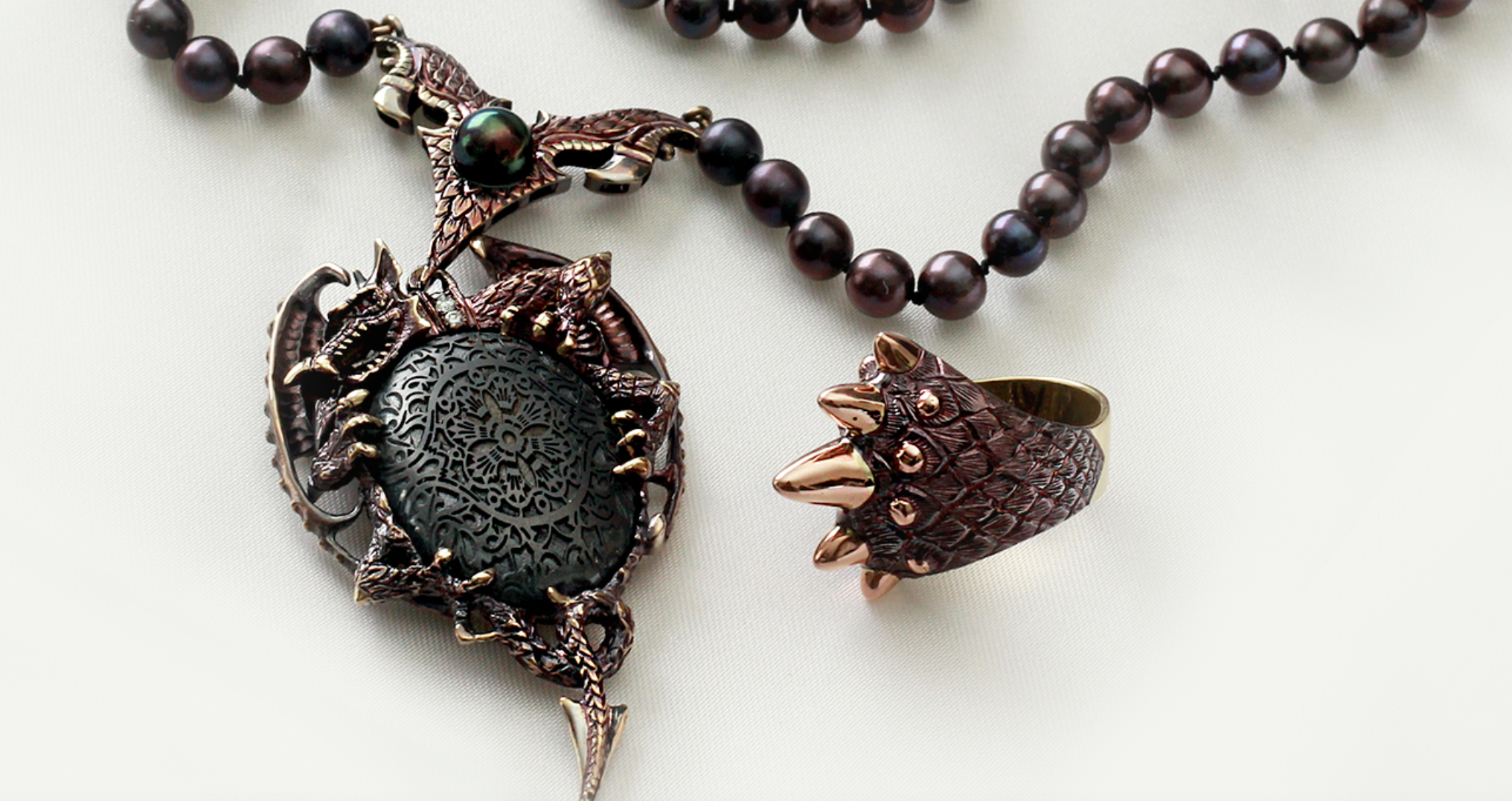
The Art of Casting in Jewelry-Making: From Molten Metal to Masterpiece
In the world of jewelry-making, casting is a venerable technique that’s stood the test of time. This time-honored method involves creating intricate jewelry pieces by pouring molten metal into a mold, yielding exquisitely detailed and unique designs. This article will delve into the art of casting, exploring its history, renowned jewelry designers who mastered this technique, and iconic casted pieces that have captivated the world.
Casting: A Timeless Technique
Casting is a meticulous process that dates back thousands of years. Ancient civilizations such as Egypt, Mesopotamia and China used casting to transform raw materials into awe-inspiring jewelry pieces, and the process is still in use today, captivating artisans and jewelry enthusiasts alike. Let’s explore the casting process in detail:
Pattern Creation: The journey begins with the jewelry designer’s creative vision. Using various materials such as wax, clay or metal, the artist meticulously sculpts or carves a prototype of the desired jewelry piece. This prototype, known as the pattern or master model, serves as the foundation for the entire casting process.
Mold-Making: Once the pattern is perfected, it’s encased in a material that can withstand high temperatures and facilitate the creation of the mold. Traditionally, jewelers used a mixture of plaster and refractory material to construct the mold. In contemporary practices, silicone rubber or investment casting materials have gained popularity due to their versatility and precision.
Investment Process: In the investment process, the mold is created by carefully surrounding the pattern with the chosen casting material. The mold is then allowed to harden, capturing every intricate detail of the pattern’s surface. Depending on the complexity of the design, the mold may be created in multiple sections to ensure precise replication during the casting stage.
Burnout Phase: After the mold is completed, it undergoes a crucial pre-casting step known as the burnout phase. During this stage, the mold is heated to a high temperature, causing the pattern to melt, evaporate or burn out completely. This leaves behind a cavity within the mold, perfectly shaped to accommodate the molten metal.
Casting: With the mold prepared and the burnout phase complete, the jewelry designer is ready for the casting process. Molten metal, usually gold, silver, platinum or other precious alloys, is carefully poured into the mold through a sprue, a channel that allows the metal to flow smoothly into the cavity. The metal rapidly fills the empty space within the mold, capturing every intricacy of the original pattern.
Cooling and Removal: Once the metal has filled the mold, it’s left to cool and solidify, a process known as solidification. Depending on the metal and the size of the piece, this cooling period can take several minutes to hours. After solidification, the mold is gently broken, revealing the newly casted jewelry piece.
Finishing Touches: While the casting process captures the overall shape and design, the jewelry piece may require further refinement and polishing. Skilled artisans meticulously remove any casting imperfections, such as rough edges or excess metal, to ensure the final piece meets the highest standards of craftsmanship.
The casting technique in jewelry-making exemplifies the harmonious blend of artistic creativity and technical precision. It allows designers to transform raw materials into remarkable, wearable works of art, each piece as unique as the vision of the artist who brought it to life. From ancient civilizations to modern ateliers, casting remains a cornerstone of the jewelry industry, immortalizing the creativity and skill of generations of artisans.
Pioneering Designers in Casting
Throughout history, several jewelry designers have left an indelible mark in the world of casting. Their mastery of this technique elevated jewelry-making to an art form.
René Lalique (1860-1945): This French artist and master jeweler was a pioneer in Art Nouveau jewelry design. Lalique’s imaginative use of glass casting techniques, particularly in combination with precious metals, set him apart as a true visionary in the jewelry world.
Carlo Giuliano (1831-1895): An Italian-born jeweler, Carlo Giuliano gained recognition for his exquisite Renaissance Revival jewelry pieces. Giuliano was celebrated for his meticulous attention to detail and elaborate casting work, inspired by ancient Roman and Etruscan designs.
Suzanne Belperron (1900-1983): This influential French jewelry designer was known for her innovative approach to casting, incorporating unconventional gemstones and materials. Belperron’s bold and modern designs brought her immense success during the Art Deco and Art Moderne periods.

Suzanne Belperron Wave Cuff with emeralds and 22-karat yellow gold
Iconic Jewelry Pieces Crafted Through Casting
Over the years, numerous iconic jewelry pieces have been expertly crafted through the casting technique, becoming symbols of timeless beauty and artistry.
Lalique’s Dragonfly Combs: René Lalique’s dragonfly hair combs are a quintessential representation of his brilliance in glass casting. These combs, adorned with delicately molded dragonflies, showcase his ability to merge elegance and nature seamlessly.

René Lalique necklace/hair comb combination, circa 1900, with citrine, enamel and yellow gold
Giuliano’s Renaissance Revival Brooches: Carlo Giuliano’s Renaissance Revival brooches, featuring intricate engravings and textured casting, evoke the grandeur of historical eras. His exceptional artistry in casting metals and gemstones is evident in these heirloom pieces.
Belperron’s Ribbon Cuff Bracelet: Suzanne Belperron’s Ribbon Cuff Bracelet, a sculpted masterpiece cast in gold, exemplifies her unique style and skillful manipulation of metal. The fluid lines and organic form of the bracelet reflect Belperron’s ability to create wearable works of art.
Embracing the Art of Casting
Casting has been an enduring technique in jewelry-making, passed down through generations of skilled artisans. As demonstrated by the legendary jewelry designers mentioned above, the art of casting transforms molten metal into extraordinary jewelry pieces. These masterpieces have transcended time, inspiring awe and admiration in all who behold them. Today, contemporary jewelry designers continue to utilize this ancient technique, preserving its legacy and adding new chapters to the remarkable history of casting in jewelry-making.
Photos courtesy of Belperron and Sotheby's


